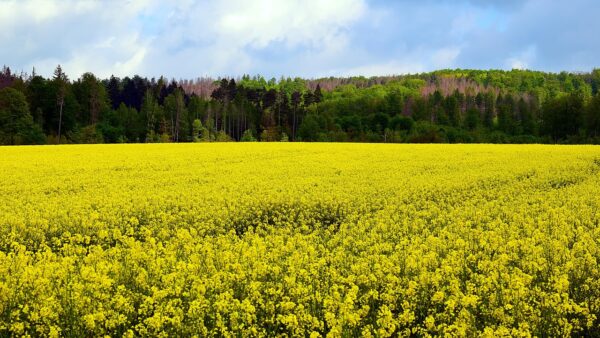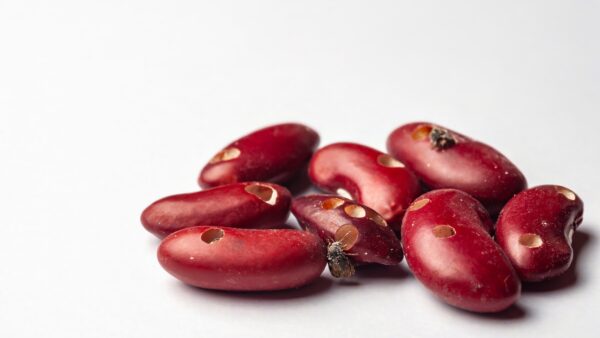The European elections are behind us and the dust is settling. Thinking about the future of the European agricultural sector, there’s a lot at stake, and the next European Parliament and Commission will have to deal with a number of important issues. In recent years the discussion over the need for science-based decision-making and to speed up innovation has taken centre stage, and it has often led to strong reactions from the various relevant stakeholders. From the seed side, we know full well that innovation is crucial if we wish to feed a rising population faced with many challenges, such a climate change.
Over the past few years, several global studies have warned that because of some recent decisions, such as the ECJ ruling on plant breeding innovation techniques, EU agriculture’s competitiveness has been shrinking due to a lack of innovation. In other words, EU farming is lagging behind, compared to the rest of the world and is now even lagging behind rising markets like China or India.
Not only on plant breeding innovation, but also on other issues, such as precision farming or pesticide authorisation (think neonics & glyphosate) the opinions were vehemently opposed, and policymakers were inundated with strong reactions from industry and parts of civil society. At the same time there is a broadly shared wish to decrease the environmental footprint of intensive farming.
As with many things in life, the best way forward is often weighing all the various stakes and coming up with a golden compromise. One small problem: the two largest political voting blocs, the centre-right European People’s Party (EPP) and the centre-left Socialists and Democrats (S&D) have lost their majority in the European Parliament. The Greens and Liberals have made gains, as well as the right-wing nationalist and populist groups. This results in an ever more divided Europe, with an increase in the pressure on our political decision makers and a continent where decision-making will be more difficult than before. Many stakeholders on the agriculture side are trying to find out what will be next in the debate about the future of EU farming.

One of the more difficult dossiers that is currently on the desks of the new EU politicians is the one on the new plant breeding techniques. As you may recall, in July 2018, the European Court of Justice (ECJ) ruled that organisms obtained by certain plant breeding techniques such as mutagenesis, or gene editing, are to be considered as genetically modified organisms (GMOs) and therefore should, fall under the GMO Directive. This was a particularly surprising move, especially as it went contrary to the Advocate-General’s non-binding opinion, and all of the seed industry was shocked by this decision. The decision caused an outcry by industry and farmers indicating that the decision would set Europe further back compared to other countries and regions.
Post-election, the big question now is how the new politicians will act: will they keep moving in a fundamentalist way or will they adopt a more science-based approach? Not only between, but also within political groups there is a spectrum of views, with some decision makers fully understanding the role that the plant breeding and seed industry can play in Europe, and worldwide. They grab the concept that the seed industry is crucial towards the efforts of reducing CO2 emissions, reduce the use of water or land to produce food, and help address the climate challenge we all face. And other decision makers do not understand this at all.
History is full of examples where politicians who only follow the ideological part will continue to create more problems. Can somebody tell them that science is key? We need to rely on science, and it should be the centre of decision-making when it comes to innovation in agriculture and food safety. Unfortunately, this is often not the case.
A way forward to reconcile the various camps needs to include remaining and being more open to each other. One can easily foresee that at the end of the day it will be a discussion about the choices and the trade-offs that come with these choices. Understanding the choices and their trade-offs, will open the door to zoom in on common solutions.
Rergarding plant breeding innovation, I was pleased to see that there are now some enlightened EU politicians that realize that in the plant breeding innovation debate, there was too much manipulation and “scare-mongering” around the issue. They realize that the new plant breeding techniques need new EU legislation that takes into account the latest advanced technologies.
But this will not happen overnight, as the issue is hugely complex. I do hope the EU politicians have used their summer break well and are now open to start a far-reaching debate on exactly what model of food production we want to see in Europe, and which road to take to get there.












